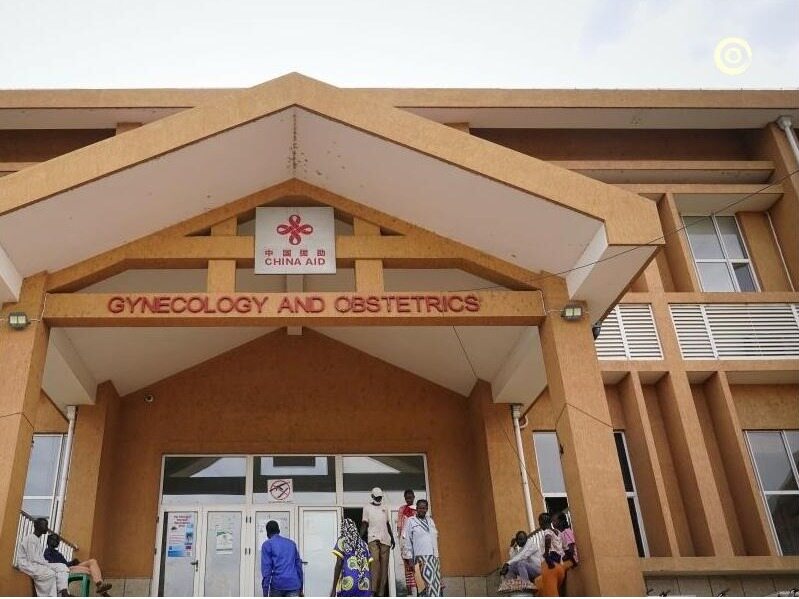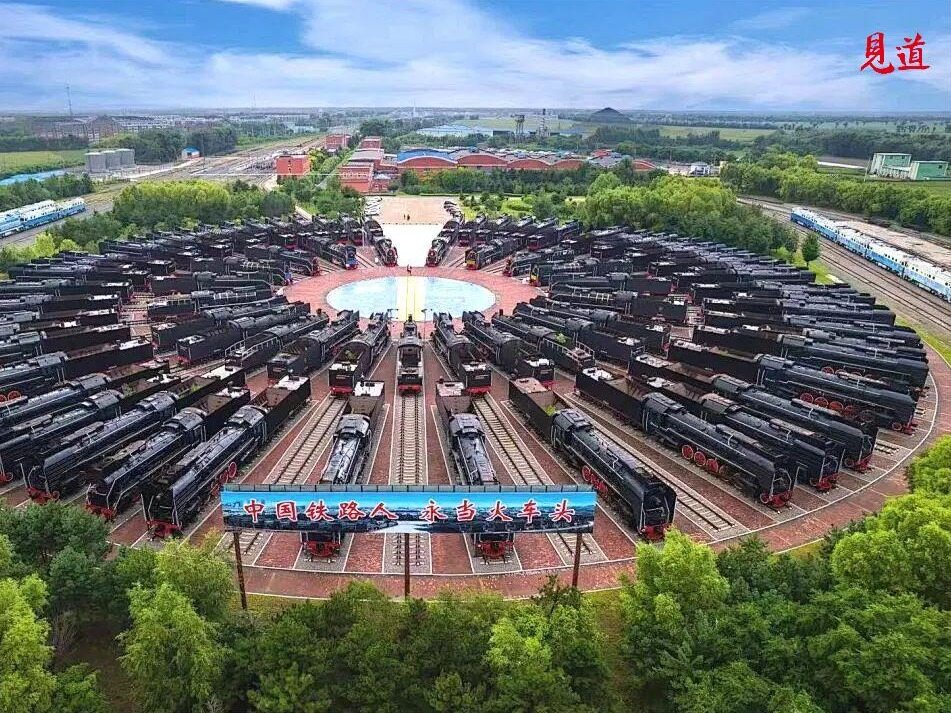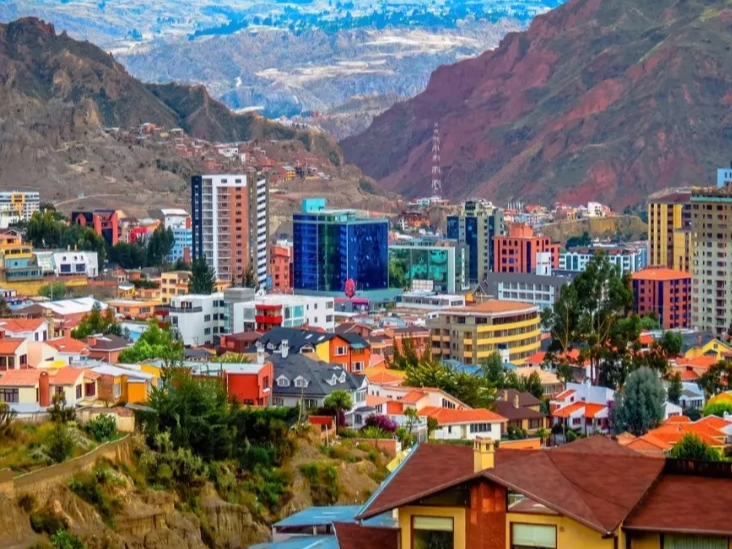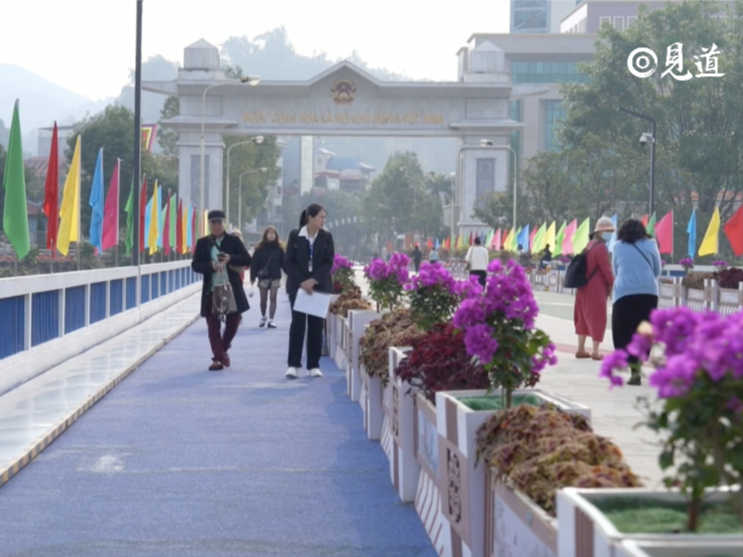- For thousands of years, only yaks have come in and out in Tibetan areas
- Today, roads, aviation, and railways have built a comprehensive three-dimensional transportation system

In the past, it was more difficult to enter Tibet than to the Shu Road. For thousands of years, only the ancient roads of mules, horses and yaks could walk. Today, a comprehensive three-dimensional transportation system constructed by roads, aviation, and railways connects thousands of collectors. Over the Tanggula Mountain, flying over the Hengduan Mountains, and crossing the Yarlung Zangbo River. In the 70 years since the peaceful liberation, all roads lead to Tibet, and the roof of the world is no longer far away.
From people carrying animals to three-dimensional transportation
The "Tibet History" published in 1930 once described the roads in Tibet like this: the roads of Tibet are full of chaos, people and roads are endless, difficult and dangerous, indescribable. Before peaceful liberation, a round trip from Xining in Qinghai or Ya'an in Sichuan to Lhasa took six months to one year.
The construction of Tibet begins with transportation. Over the past 70 years, Tibet has gradually established a comprehensive three-dimensional transportation network covering multiple transportation modes such as roads, railways, aviation, and pipelines.

The car is driving on the Qinghai-Tibet Highway in Damxung County, Lhasa City
The highway mileage is increasing rapidly. At present, all the organized villages in Tibet are connected to highways, with a mileage of 118,800 kilometers open to traffic, and the unobstructed rates of townships and organized villages have reached 94% and 76% respectively. The mileage of highways and first-class highways is about 700 kilometers.

The section from Nagqu to Yangbajing of the Beijing-Tibet Expressway that is about to be opened to traffic
Railway construction is changing with each passing day. The 1956-kilometer Qinghai-Tibet Railway was opened to traffic on July 1, 2006, ending Tibet’s history of no railways. In June 2021, the Lhasa-Nyingchi railway was completed and opened to traffic. So far, the railway has reached 5 cities including Lhasa, Nagqu, Xigaze, Nyingchi, and Shannan.

Attendants of the Lalin Railway Fuxing train are packing luggage for passengers
The sky road is more convenient. On August 7, 2021, the T3 terminal of Lhasa Gonggar International Airport was completed and put into operation, becoming the largest terminal in Tibet. Changdu Bangda, Nyingchi Milin, Shigatse Peace, Ali Kunsha and other branch airports have been built one after another, with 140 international and domestic routes and 66 cities open to navigation.

On August 7, the T3 terminal of Lhasa Gonggar International Airport was completed and put into operation, becoming the largest terminal in Tibet
Behind the numbers are changes in the development of the times, as well as a reflection of the historic leap in Tibet's transportation infrastructure construction.
Smooth roads to promote industry
Go west along the 219 National Highway and enter Alipuran County. The famous Mount Kailash and Mapang Yongcuo are eye-catching. The Gangsha Village in Baga Township at the foot of the mountain is very lively.

Highways in Zanda County, Ngari Prefecture, Tibet
The road leads to the tourists. "In the past three years, self-driving tours have been increasing year by year. Some villagers have opened family hotels and some acted as tour guides. There are no idlers in the village," said Danba, a 46-year-old villager in Gangsha Village.
At the end of 2018, Gangsha Village registered and established Ali’s first village-run enterprise-Tibet Gangrenpoqi Zhuanshan Tourism Service Co., Ltd., and the yak transportation team with a history of more than 30 years has developed into a modern enterprise.

Villagers from Gangsha Village, Baga Township, Burang County, Ngari Prefecture, participated in a family hotel management training class
"The number of people participating in the yak transportation team in the village increased to 338 households with 1,164 people, and they bought 1,164 yaks and 1,164 horses. Each household generates more than 16,000 yuan in annual income, and some families have annual incomes of more than 200,000 yuan." Gangsha Village Party The secretary of the general branch Duoji Baima said that they guarded the landscape and realized a well-off life ahead of schedule, thanks to the change from gravel roads to asphalt roads.
Relying on the unique landscape of the roof of the world, the mountain villages along the road used to be blocked one by one, saying goodbye to poverty and ushering in a well-off society. The sky and roads are vertical and horizontal, not only connecting thousands of rivers and mountains, but also reducing logistics and transportation costs and promoting economic development.

The train runs in Damxung County, Lhasa City, Qinghai-Tibet Railway
According to data from China Railway Qinghai-Tibet Group Co., Ltd., the annual cargo delivery volume of the Nagqu Logistics Center has increased from 72,000 tons in 2006 to 518,000 tons in 2020, an increase of 619%.
"The safety and timeliness of transportation by automobiles was poor. Now railway transportation is fast and safe, and the transportation volume has increased a lot." said Jimei, a herder in Luoma Town, Seni District, who has worked in the Nagqu Logistics Center at 4,500 meters above sea level for more than 10 years.
People's livelihood and well-being follow the road
Transportation, for Tibet, is a miracle of construction, a change in life, and even the hope of tomorrow.
Traffic guards life. “In the past, it was all dirt roads. You could only go out on horses or carriages. Some patients disappeared on the way to the doctor.” Regarding the traffic changes, Puncuo, 42, in Chawa Village, Nanmulin Town, Nanmulin County, was deeply impressed. “20 years The former relative’s child had a sudden epilepsy and died before being sent to the hospital because of inconvenience. Now he can get to Xigaze in half an hour, and travel is no longer an obstacle to seeing a doctor."

G4218 Yaye Expressway, Xigaze Section, Juezhong Village Bridge, Sangzhuzi District
Transportation brings employment. The opening and operation of the Lalin Railway has not only injected vitality into the economic development of the counties along the line, but also promoted the transfer of surplus labor to employment. The Lang County Railroad Protection Joint Defense Team, which came into being in Nyingchi City, has recruited 80 local people for stable employment. "In the past, the main source of income was digging cordyceps and doing casual labor. This year, he passed the exam and became a road guard." Puba, 35, from Zhongda Town, Lang County, is very happy. I can take care of my family."
Transportation has facilitated life. In November 2020, people from Zhaxi Village, Tingri County, located at the foot of Mount Everest, received express parcels for the first time. In Medog, the last county in the country with highways, Raje, a Monba resident, was surprised that the refrigerator he bought online was delivered to his home. "Although the refrigerator is not a rare thing, but in the past, large-scale goods were not delivered with Medog. Now the road is clear, and this situation is gone forever." He said.

Located in Yanghu Scenic Area on the side of National Highway 349 in Langkazi County, Shannan City
Dawa Tsering, a researcher at the Academy of Social Sciences of the Tibet Autonomous Region, said that before Tibet's peaceful liberation, transportation was in a primitive state with people carrying animals, which seriously hindered economic and social development. Today's rapid modern transportation is benefiting all aspects of people's production and life. Editor/He Yuting
Comment
 Praise
Praise
 Collect
Collect
 Comment
Comment
 Search
Search














Write something~